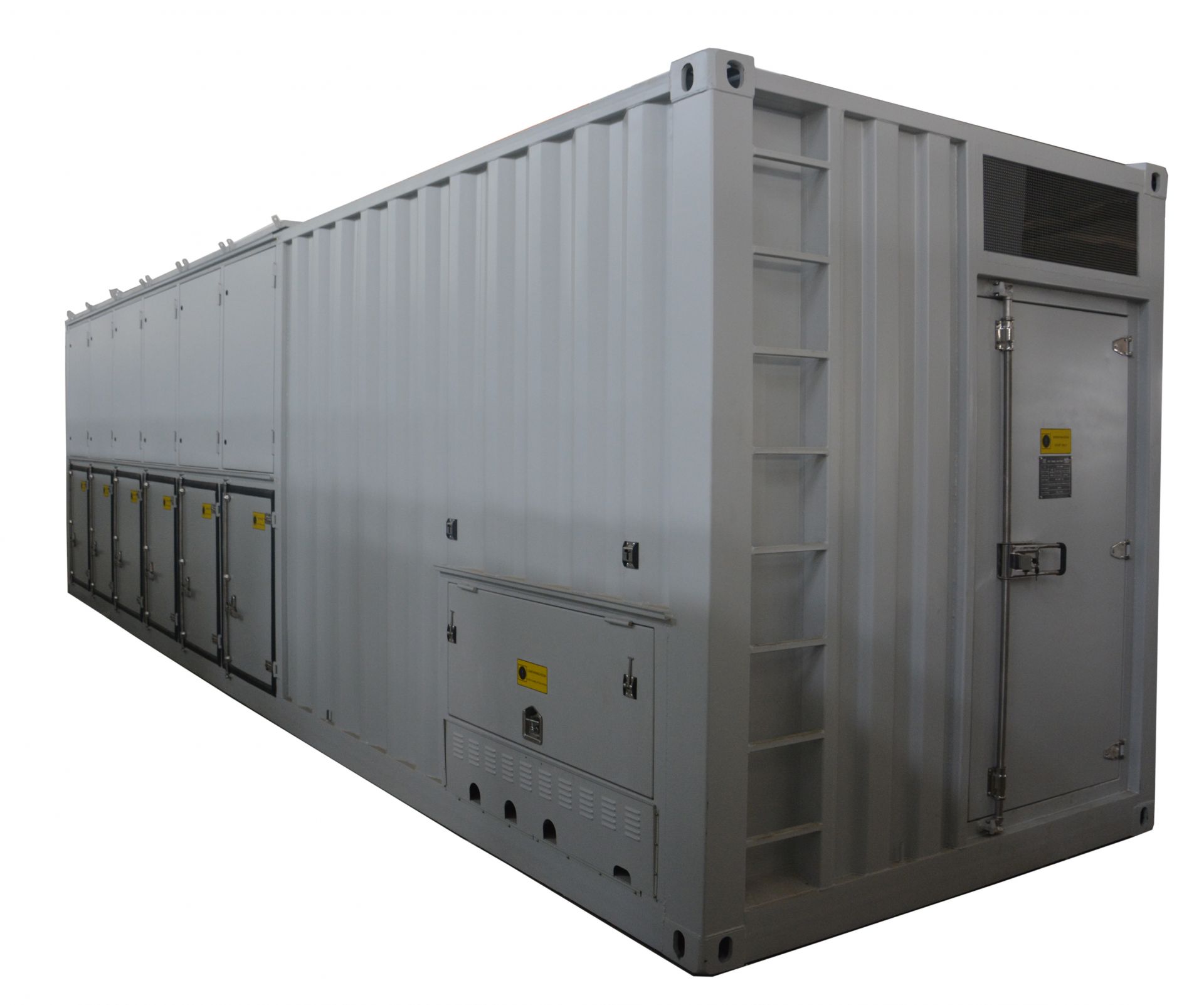Key Applications of Medium-Low Voltage Load Banks and High Voltage Load Banks
Time:2025-03-10
In power systems, industrial equipment testing, and renewable energy fields, load banks serve as critical testing tools to simulate real-world electrical loads, validate equipment performance, monitor power quality, and optimize system operations. Based on voltage levels, load banks are categorized into medium-low voltage load banks(typically below 1kV to 10kV) and high voltage load banks (generally above 10kV to hundreds of kV). These two types differ significantly in application scenarios, technical requirements, and industry demands. This article analyzes their core applications from a practical perspective.
High Voltage Load Bank
1. Key Applications of Medium-Low Voltage Load Banks
Medium-low voltage load banks are widely used in small-to-medium power systems, industrial equipment, and renewable energy due to their flexibility and adaptability:
1.1Generator Set Testing and Maintenance
For diesel generators, gas turbines, or distributed energy systems, medium-low voltage load banks simulate real loads to test generators’ steady-state and transient performance (e.g., voltage regulation, frequency stability). For instance, regular load testing of backup power systems in data centers ensures rapid generator response during sudden outages.
1.2UPS and Energy Storage System Validation
These load banks replicate load fluctuations in critical facilities like data centers and hospitals to verify the efficiency, switching time, and thermal management of Uninterruptible Power Supply (UPS) and lithium battery storage systems. For example, energy storage systems paired with EV charging stations require load testing to guarantee stable output.
1.3Industrial Production Line Power Testing
In manufacturing, medium-low voltage load banks test the load capacity of variable frequency drives (VFDs), transformers, and switchgear. For example, servo motor power supplies in automated production lines undergo load testing to ensure temperature rise and efficiency meet standards under full load.
1.4Renewable Energy Grid Integration Testing
Photovoltaic inverters and wind power converters use load banks to simulate grid conditions before grid connection, validating harmonic suppression, reactive power compensation, and low-voltage ride-through capabilities to comply with grid codes.
2. Core Applications of High Voltage Load Banks
High voltage load banks, designed for large-scale power equipment and transmission systems, involve higher technical complexity and safety requirements. Key applications include:
2.1High Voltage Transmission Equipment Testing
In substations and ultra-high-voltage direct current (UHVDC) projects, high voltage load banks test the short-circuit breaking capacity of circuit breakers and gas-insulated switchgear (GIS), as well as transformer load loss and temperature rise. For example, newly built substations by State Grid require 72-hour full-load operation tests for 110kV+ transformers.
2.2Rail Transit Traction Power System Testing
High-speed rail and subway traction substations (typically 27.5kV or 35kV) use high voltage load banks to simulate dynamic train loads, verifying voltage fluctuations, harmonic levels, and protection device reliability.
2.3Large Power Plant Commissioning
Before commissioning, main transformers in thermal or nuclear power plants (up to 500kV) undergo load tests. High voltage load banks simulate real-world conditions to evaluate insulation performance, cooling efficiency, and partial discharge.
2.4High Voltage Direct Current (HVDC) System Validation
In long-distance HVDC transmission projects, high voltage load banks test the endurance of key components like converter valves and smoothing reactors under extreme loads.
3. Technical Differences and Selection Criteria
3.1 Design Complexity
High voltage load banks require specialized insulation materials (e.g., SF6 gas), modular cooling systems, and multi-layer safety mechanisms, leading to significantly higher costs than medium-low voltage models. For example, resistor modules in a 550kV load bank are vacuum-cast to prevent partial discharge.
3.2Testing Precision
Medium-low voltage load banks prioritize dynamic response (e.g., millisecond-level load switching), while high voltage models demand high measurement accuracy (±0.5% or better) under megawatt-level power.
3.3Industry Standards
Medium-low voltage load banks follow standards like IEC 60204 (industrial equipment safety), whereas high voltage versions comply with IEEE C37.100 (high-voltage switchgear standards).
4. Future Trends
With the rise of smart grids and energy transition, load bank technology is evolving in the following directions:
Digitization and Intelligence: Integration of IoT sensors for automated load simulation, data acquisition, and fault diagnosis.
High Dynamic Response: Support for rapid charge/discharge testing of emerging technologies like hydrogen fuel cells.
Multi-Energy Integration Testing: Simulation of hybrid loads for "wind-solar-storage-hydrogen" systems.
Conclusion
The distinct applications of medium-low voltage and high voltage load banks reflect the "layered and tiered" testing needs of modern power systems. Users must consider voltage level, power range, testing scenarios, and industry standards to balance safety and cost-effectiveness. As new power systems emerge, load banks will play an increasingly vital role in the global energy transition.
News Recommendation
-
 2024-09-11
2024-09-11TRIUMPH LOAD EXHIBITING AT Enlit Europe 2024 -BOOTH 7.H08
-
 2023-04-21
2023-04-21TRIUMPH LOAD EXHIBITING AT DATA CENTER WORLD GERMANY 2023-BOOTH F909
-
 2023-04-06
2023-04-06TRIUMPH LOAD EXHIBITING AT ELECTRIC POWER TECH KOREA 2023 – Booth G109
-
 2022-05-05
2022-05-05What is the role of ac load bank for power supply?
-
 2022-05-05
2022-05-05What is the role of the load bank?


